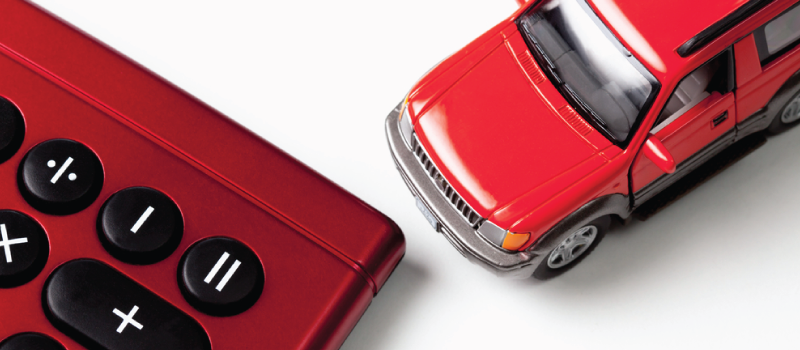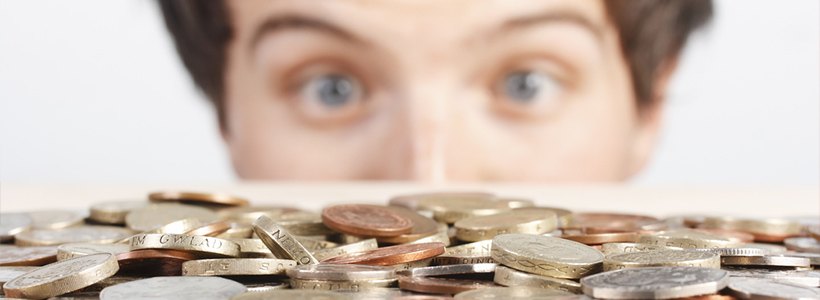
What does our road tax pay for?
11th Sep, 2019
One of our recent posts went into quite some depth about road tax here at Scrap Car Network, specifically about all your general questions about car tax refunds when you scrap your car. As we covered there, vehicle tax is known by several different names. There’s vehicle tax, vehicle excise duty (VED) and sometimes road tax (although this is a bit of a misnomer, as we’ll explain).
Essentially, alongside car insurance, VED one of the essential prerequisites to driving or parking your car on public roads. If you own a car, you need to pay a Vehicle Excise Duty, unless you have a vehicle SORN instead. So, you may be wondering, where does all this money actually go? We’ll explain below – but first, there are some key questions we need to cover!
Is road tax and vehicle tax the same?
Effectively yes, but there’s sometimes misunderstandings as to exactly what is meant by the phrase ‘road tax’. As we’ve covered, the terms road tax, vehicle tax, and Vehicle Excise Duty are all often used interchangeably. However, there’s a popular misconception that this means drivers are taxed for using public roads. They’re not. Vehicle Excise Duty (to use the technical term) is what drivers pay to use their cars, not the roads. It’s why VED varies between cars depending on the emissions they produce, as well as a number of other factors. In reality, there is no charge for anyone to use public roads, which is why they’re used freely by pedestrians and cyclists.
So to sum up, there’s a “road tax” (VED), but confusingly, it’s not quite the same as a “tax on roads”.
Who pays road tax?
As we’ve covered, it depends on exactly what you mean by the phrase ‘road tax’. If it’s being used as a synonym for Vehicle Excise Duty, that’s paid by drivers to the Driver and Vehicle Licensing Agency, often on a direct debit basis. However, the upkeep of public highways is covered by local and general tax, which is paid by everyone.
Every so often, you’ll hear of people who claim that cyclists are secondary to drivers because “they don’t pay road tax”. In actuality, cyclists don’t pay Vehicle Excise Duty like drivers, but they certainly do pay for the upkeep of the roads, since it’s done via general taxation. (It means this claim is both incorrect, and still a very poor excuse for knocking people off their bikes.)

Where does our road tax go?
Money collected via VED and general taxation ultimately goes to the Chancellor the Exchequer, who puts it into the Consolidated Fund of 1926. Basically, this is the UK Government’s general bank account at the Bank of England, and was set up by a man you may well recognise – one Mr Winston Churchill. Now, we’ll spare you the endlessly fascinating minutiae of administrative spending, but essentially the Consolidated Fund doesn’t directly pay for our roads. (Directly being the operative word here.)
This wasn’t always the case – the Consolidated Fund once played a major part in directly funding the upkeep of our national highways. But the motorcar boom of 1896 to 1936 meant that Britons were suddenly getting behind the wheel in unprecedented numbers, and the money being collected under the current system simply wasn’t enough to keep up with the rapidly rising demand for investment in infrastructure. So in 1937, to take pressure off the central government, local and general authorities such as borough councils began paying it instead, supported in part by money from central banks.
So in short, technically the money collected into the Consolidated Fund does eventually end up paying for our roads, but it passes through a number of handlers and administrative bodies before that, including the Department for Transport and the Highways Agency. Due to the way this is all divided up, it’s difficult (and not necessarily interesting) to cover where it all ends up in detail, but we can narrow it down to several general areas.
Infrastructure
This is obviously a key one overseen by the Department for Transport and the Highways Agency, and involves the construction of new roads, the widening of existing ones, and the creation of tunnels and flyovers. These are often carried out in partnership with private firms, who bring their own fair share of expertise and specialist knowledge to the table. One increasingly prominent example in recent years is the construction of smart motorways, which use partially automated systems to control and manage the flow of traffic at peak times.
Local projects
These are smaller projects that tend to be localised in a certain area, and thus fall under the responsibility of local councils. (As we touched on above, local councils fund themselves through what they collect through Council Tax, parking fees and similar measures. This is then supplemented by the Income Tax collected by central government – so most councils always have a reliable pool of money to work with.) Local projects tend to consist of basic but essential maintenance work like road resurfacing or fixing potholes, and building – or improving – car park facilities.
How to get a refund on tax when you scrap your car
Happily, once you’ve scrapped your car, getting a refund on any unused Vehicle Excise Duty is reasonably easy. All you have to do is make sure you let the DVLA know – the moment they’re aware you’ve scrapped your car, they’ll calculate your refund from the day they’re notified, and will send you a cheque for the unused amount. You can find more detail in our post which answers all your questions about car tax refunds. (For the purposes of that article, road tax is strictly used as an alternative name for VED.)
Here at Scrap Car Network, we’ll contact the DVLA on your behalf when we scrap your car – it’s part of how we guarantee getting you the official Certificate of Destruction for your car. However, we also recommend getting in touch with them yourself – the sooner you’re able to do so, the more you’ll be able to save on your car tax refund. What’s more, it’s never been easier to scrap your car with us – all we need is a few quick details to give you a free, no obligation instant online quote!